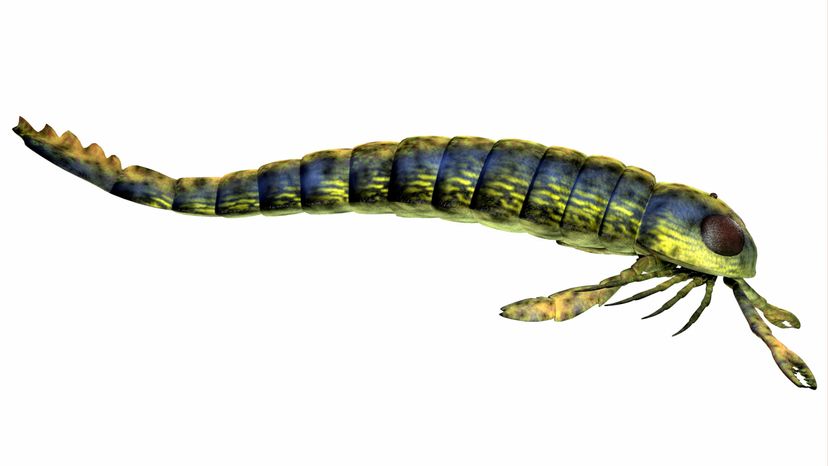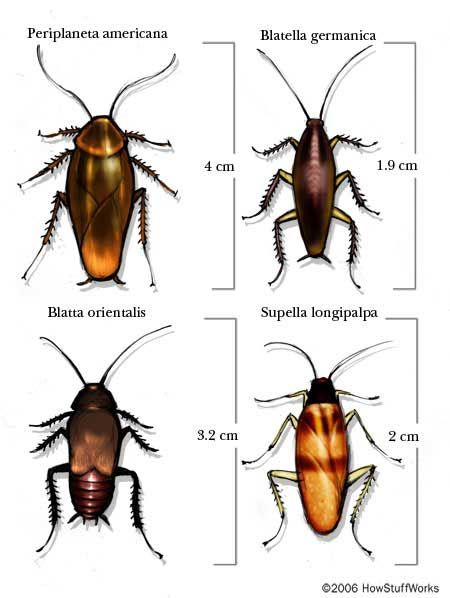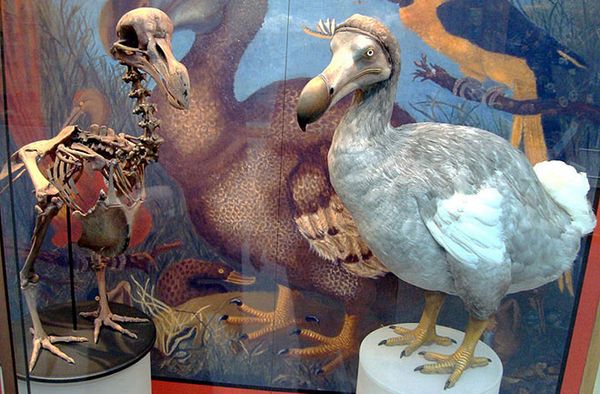Eurypterids are an extinct family of arthropods believed to be the ancestors of today's scorpions, and possibly all arachnids -- the class that includes other arachnids like spiders and more eight-legged arthropods. This species name isn't a name we hear every day, so most people just refer to them as sea scorpions.
During the 27 million years giant sea scorpions lived, they took their place at the top of the food chain, thriving without any natural predators. Giant sea scorpions were some of the fiercest creatures on Earth, devouring large fish -- as well as one another. Eurypterids were cannibals, fighting and eating one another in competition for resources, prey and mates. They evolved into enormous size, but science's conception of just how enormous has recently changed [source: Braddy, et al].
A Close Relative
While we can't see any giant sea scorpions today, we can look at some of their close relatives, like the horseshoe crab. Unfortunately, only four species of horseshoe crabs exist today, but the first -- now extinct group -- to live on this planet (according to fossil records from 450 million years ago) were the extinct arthropods, the giant sea scorpion [source: Science Daily].
To better understand what they might have looked like we can turn to the modern horseshoe crab (Limulidae). According to research, they have the exact same eye structure as the extinct sea scorpion [source: Astrobiology].
How Researchers Determine Their Size
A few years ago, paleontologist Markus Poschmann was digging for fossils in a quarry in Germany. He and his colleagues were removing slabs of siltstone that had been sediment in a lake or lagoon hundreds of millions of years ago. This ancient lake bed was the home of the largest arthropod ever discovered [source: University of Bristol].
Poschmann noticed "a dark patch of organic matter" on one of the slabs of siltstone, and upon further investigation, discovered it was part of a claw belonging to Jaekelopterus rhenaniae, a species of sea scorpion. This new fossil record showed a claw piece that was more than 18 inches (46 centimeters) long. By calculating the proportion to the rest of the body, it showed that the scorpion it belonged to was more than eight feet long. This is almost a foot and a half longer than anyone estimated the sea scorpion ever grew.
How Did These Sea Scorpions Grow So Large?
Paleontologists differ in their opinions of how the giant sea scorpions grew to be so large. The atmosphere during the Devonian period featured a higher concentration of oxygen (35 percent, compared to 21 percent today). Some paleontologists believe this accounts for the gigantism that is characteristic of the period.
Others believe that sea scorpions grew to be so big out of necessity. In order to pierce the ever-evolving armor of their fish prey, their claws (and bodies) had to evolve into a gigantic size. The authors of the paper that introduced Poschmann's find discount this explanation and believe that it was a combination of factors -- including the lower gravity found underwater -- which allowed sea scorpions to become gigantic.



